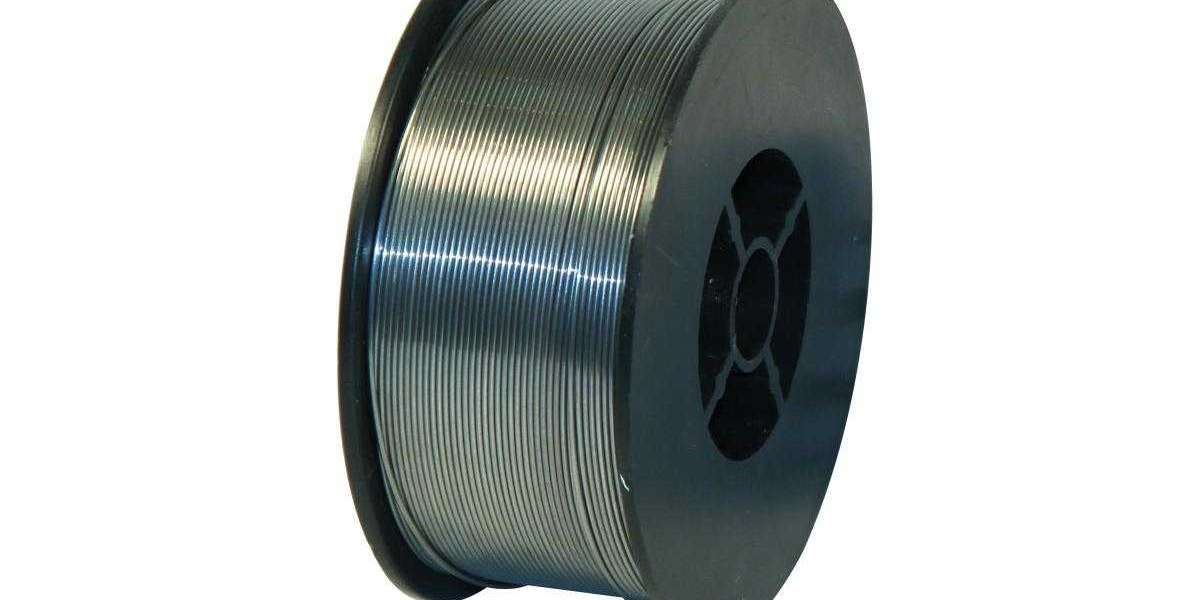The findings showed that a seven-day GFD did not positively or negatively have an result on gastrointestinal health, irritation, or the general well-being and efficiency of non-celiac cycling athletes. However, you will need to contemplate a better chance of exercise-induced gastrointestinal syndromes [15]. Strict adherence to a gluten-free diet (GFD) excludes all sources of gluten (a storage protein component containing glutenin and gliadin) as a end result of eating meals containing gluten or gliadin (wheat, barley, and rye) is accompanied by an inappropriate immune response [78].
 Gliadin is not totally digested or cleared from the physique, consultório médico ginecologistas obstetras and doesn't induce an immune response in folks without CD.
Gliadin is not totally digested or cleared from the physique, consultório médico ginecologistas obstetras and doesn't induce an immune response in folks without CD.For Providers
For example, if you devour 2,500 energy per day, this would equate to 280–405 g daily. The variety of grams of carbs you must consume every day can differ tremendously depending on your sport and which a half of the season you’re in. Proteins, which are made up of individual amino acids, serve as your body’s building blocks. This fact sheet will tell you about simple modifications to your diet that can assist scale back the health risks that having hypertension could cause. Athletes concerned in moderate and high-volume coaching will need larger amounts of carbohydrate.
The utilization of these technologies, and co-ordinated analysis, may allow for the speedy generation of huge knowledge units across many other kinds of sport which have yet to be included in sports diet research. As such, this strategy will (i) velocity our data of sports that are difficult to check, (ii) achieve knowledge from regional populations under-represented in the literature, and (iii) inform the recommendation of how specific diet tips possibly transferred to the sector. Accordingly, Table 1 highlights examples of present and emerging applied sciences and methodologies which might be "field-based" and relatively non-invasive which will continue to drive and refine sports activities diet research, interventions and recommendations. Although research linking calcium consumption, genetics and bone fracture has not been carried out in athletes particularly, genetic variation because it relates to risk of calcium deficiency and fracture threat have been studied in a large cohort of individuals, described under (167). Calcium is important for growth, maintenance and restore of bone tissue and impacts maintenance of blood calcium levels, regulation of muscle contraction, ConsultóRio MéDico Ginecologistas Obstetras nerve conduction, and regular blood clotting (168).
Organizations concerned in sports activities nutrition even have the chance to interact in quality assurance processes to safeguard the credibility of the improvements in sports nutrition. Most paradigms in sports activities nutrition have been established using laboratory experimentation, whereas neglecting proof from in situ or area experimentation. In order to establish the efficacy of diet parameters for performance enhancement for all related populations, we want to better perceive the competition calls for of sport (Stellingwerff et al., 2019). Recent advances in wearable applied sciences and real-time monitoring have accelerated the shift in research from the laboratory to the sector so as to improve ecological validity. This pattern poses an actual opportunity for all sport science disciplines, including sports vitamin, to embrace these technological developments. One such latest instance was the implementation of live performance suggestions of athletes (during 10,000 m, marathon, and race-walk events) competing within the heat at Tokyo 2020 (Muniz-Pardos et al., 2021). The real-time monitoring comprised a smartwatch software, designed to collect, process and transmit a broad range of physiological, biomechanical, bioenergetics, and environmental information.
The main manifestation of meals intolerance is malabsorption of lactose and fructose, resulting from an inadequate supply of enzymes and insufficient performance of transporters [10,thirteen,14]. Symptoms can differ, including gastrointestinal upsets (bloating, loose stools, abdominal pain) and/or extraintestinal symptoms (fatigue, complications, and cognitive problems) that seem hours or days after eating [10]. Some of those symptoms overlap with signs of irritable bowel syndrome and exercise-induced practical gastrointestinal disturbances [10,15]. Given the ambiguous nature of food intolerance, its analysis, as a rule, is carried out independently by athletes with the subsequent cancelation of sure food products or a bunch of merchandise [9,16]. However, the ISSN evaluation signifies there's not sufficient evidence to help the diet’s effectiveness. Protein also performs an essential position in sports vitamin, as it supplies the body with the mandatory quantity of amino acids to assist construct and repair muscle tissue and tissues. For high quantity intense coaching, outlined as 3–6 hours per day of intense coaching in 1–2 every day exercises 5–6 days per week, the ISSN recommends 8–10 g/kg of body weight, or 400–1,500 g, of carbohydrates per day for athletes weighing 50–150 kg.









